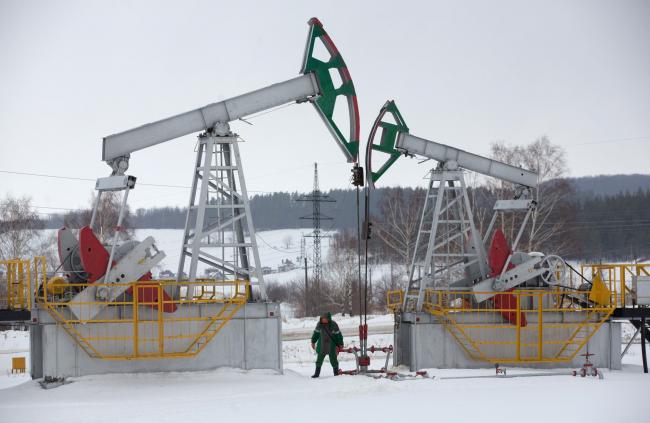(Bloomberg) -- Oil held steady as traders weighed hopes for a limited U.S.-China trade deal against a reported increase in American crude stockpiles.
Futures were little changed above $58 a barrel in New York after rising 1.1% over the previous two sessions. President Donald Trump said talks on the first phase of a deal were near completion. The American Petroleum Institute reported a 3.64 million-barrel weekly gain in inventories, according to people with knowledge of the data, though a Bloomberg survey showed a decline.
Trump told reporters at the White house that the U.S. and China were “in the final throes of a very important deal,” though he told Fox News later that he was holding up the agreement to ensure better terms for America. While some sort of pact would be positive, it may not do much to revive crude demand unless existing tariffs are rolled back.
“The belief in a positive trade deal continues unabated,” PVM Oil Associates analyst Tamas Varga wrote in a report. “Outright prices are resilient.”
West Texas Intermediate for January delivery advanced 13 cents to $58.54 on the New York Mercantile Exchange at 10:41 a.m. London time. Brent for January settlement also increased 14 cents to $64.41 on the London-based ICE (NYSE:ICE) Futures Europe Exchange. The global benchmark traded at a $5.88 premium to WTI.
Trump’s comments followed signals from both sides that talks were back on track after negotiators from the world’s two largest economies spoke by telephone. In China, early indicators showed that the economy slowed for a seventh month in November, highlighting how the trade war is damping growth.
U.S. Stockpiles
While the API reported a gain in nationwide crude inventories, its data showed stockpiles at the key storage hub of Cushing, Oklahoma, fell by 516,000 barrels last week. Analysts surveyed by Bloomberg expect the government to report a 878,000-barrel decline in nationwide inventories when it publishes official figures later Wednesday. That would be the first drop in five weeks.
Stockpiles rose in nine out of the 10 weeks through Nov. 15, Energy Information Administration data show.
